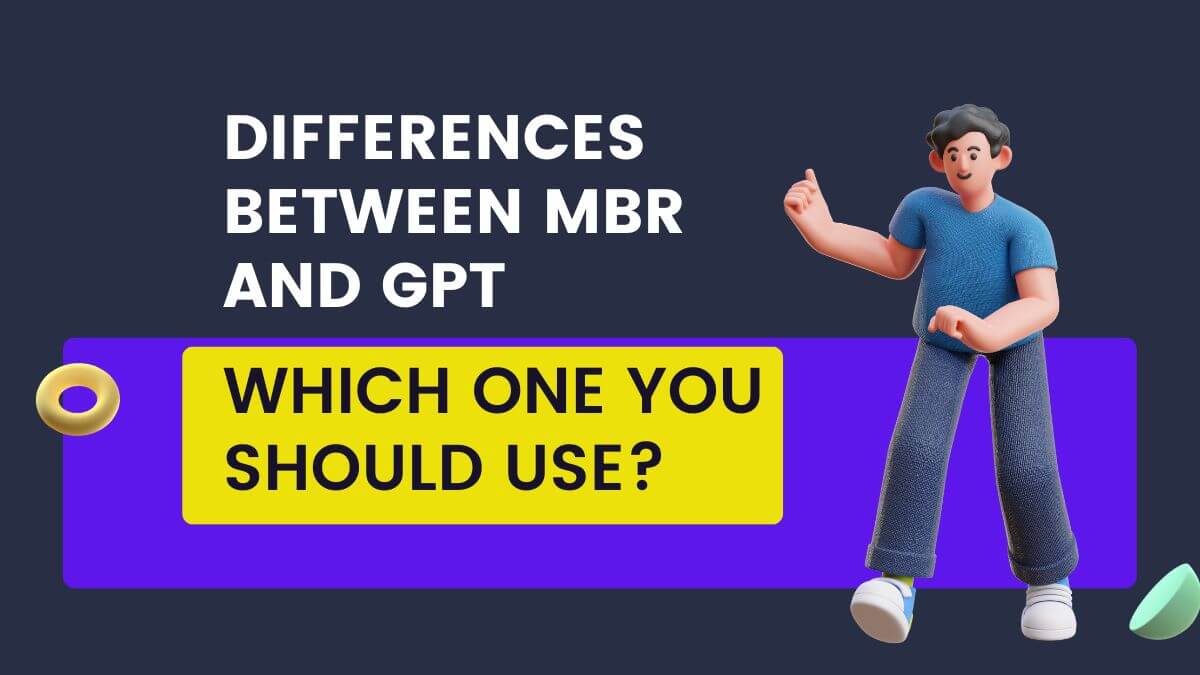What Is the AppData Folder in Windows?
Windows programmes often store their data and preferences in an AppData folder, which is separate for each Windows user account.
Because it is a secret folder, you will only see it if you enable the display of hidden files in the file manager.
Where You’ll Find AppData
Each user account has its own AppData folder and associated files. This enables Windows applications to save different configurations in the event that several users share a machine. The AppData folder was introduced with Windows Vista and is still used in modern versions of Windows 10, 8, and 7.
You’ll find each user account’s AppData folder—short for Application Data—in that user’s directory. For example, if your username is “Bob”, you’ll find your application data folder at C:UsersBobAppData by default. You can just plug this address into the address bar to view it, or show hidden folders and browse to your user account directory at C:UsersNAME . (You can also type %APPDATA% into File Explorer’s address bar to head directly to the AppDataLocal folder, which we’ll talk about in a moment.)
What Are Local, LocalLow, and Roaming?
There are actually three folders inside AppData, and different programs store different types of settings in each. Open your AppData folder and you’ll see Local, LocalLow, and Roaming folders.
To begin, let us discuss Roaming. The Roaming folder stores data that would “roam” from computer to computer with a user account if your PC was linked to a domain and used a roaming profile. This is often used in formal contexts. Firefox, for example, saves user profiles in this location, enabling your bookmarks and other browsing data to follow you from PC to PC.
The Local folder contains data that’s specific to a single computer. It’s never synced from computer to computer, even if you sign into a domain. This data is generally specific to a computer or contains too large files. This data may include downloaded cache files and other large files or settings that a developer doesn’t think should sync between PCs. It’s up to each developer to decide what goes where.
If you’re not connected to a domain, there’s no real difference between the Roaming and Local folders. It’s all just stored on your PC. However, application developers still divide different types of data between different folders just in case.
The LocalLow folder is the same as the Local folder but is designed for “low integrity” applications that run with more restricted security settings. For example, Internet Explorer when run in Protected Mode only has access to the LocalLow folder. The difference doesn’t really matter for your personal use, but some applications just need a folder to write to because they don’t have access to the main Local folder.
If a program wants to have a single set of settings or files that are used by multiple users, it should use the ProgramData folder instead. This was known as the “All Users” AppData folder in previous versions of Windows. For example, an antivirus application might keep its scan logs and settings in ProgramData and share them with all users on the PC.
These guidelines aren’t always adhered to. For example, Google Chrome stores all its settings and your user data in the Local folder, while we might expect it to store these settings in the Roaming folder instead.
Some applications may store their settings in your main user account folder at C:UsersNAME , or in your documents folder at C:UsersNAMEDocuments . Others may store data in the registry, or in a folder elsewhere in your system. On Windows, application developers can store data wherever they like.
Should You Back Up the AppData Folder?
The vast majority of Windows users should never even be aware that this folder exists. That is why it is by default hidden. Programs keep their application data in this directory, which you may explore if you wish—but you will seldom need to. You do not need to backup this whole folder, but you may want to include it in backups simply to ensure that you have everything in case you need to restore it.
However, if you want to back up the settings for a particular application or save data for a computer game, you may be able to do so by delving into the AppData folder, locating the program’s directory, and transferring it to a different place. You may then transfer that folder to the same location on a new computer and the application will continue to utilise the same settings. Whether this works depends entirely on the applications—some programmes, for example, save their settings in the registry or elsewhere on the system.
Many programs provide a way to synchronize their data between computers or at least export it. It’s rare that you’ll have to dig into the AppData folder, but you may want to do it occasionally.

